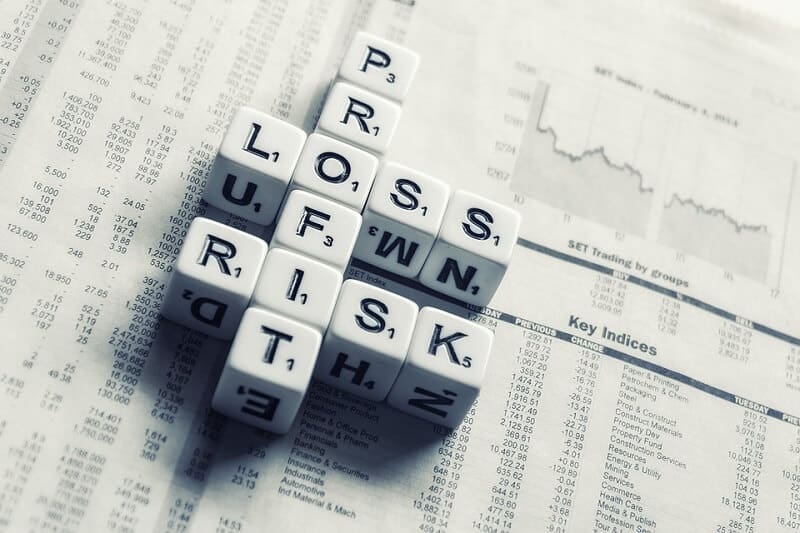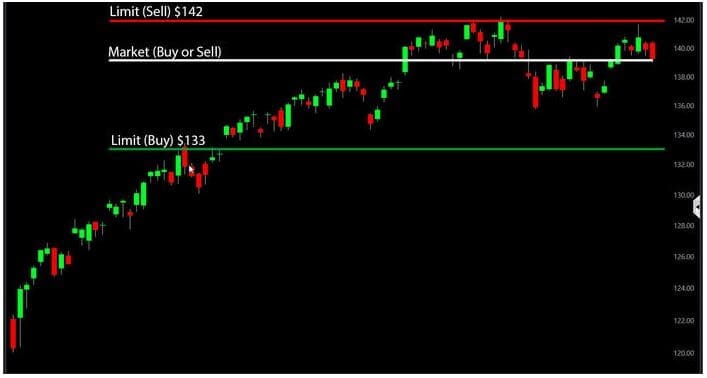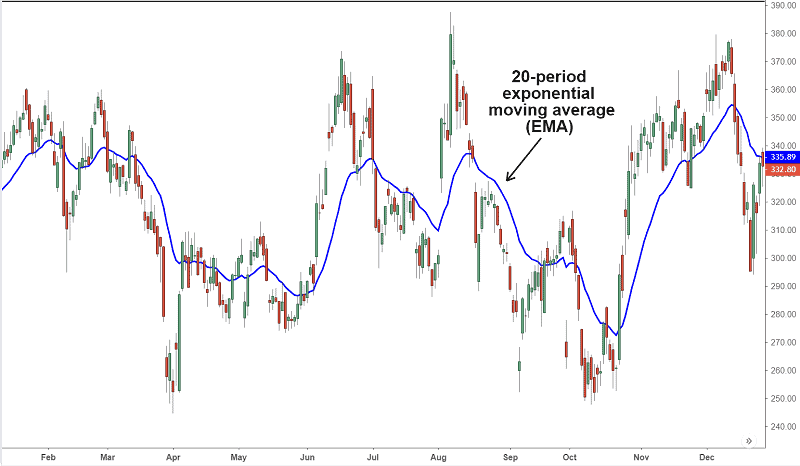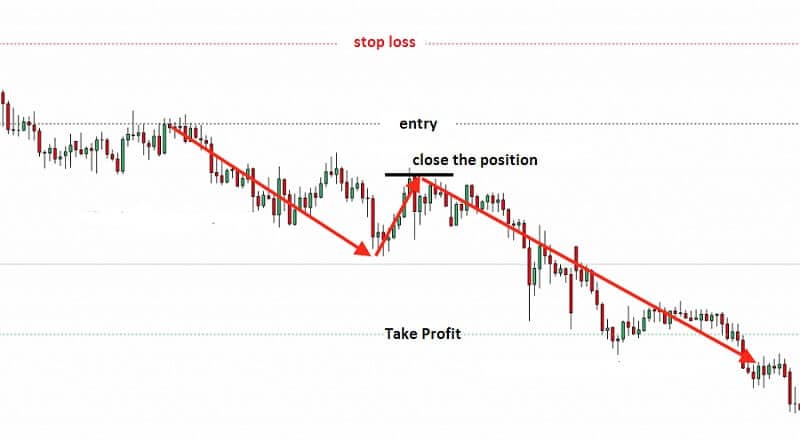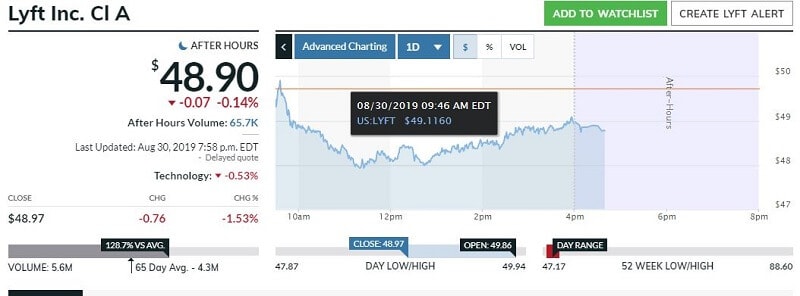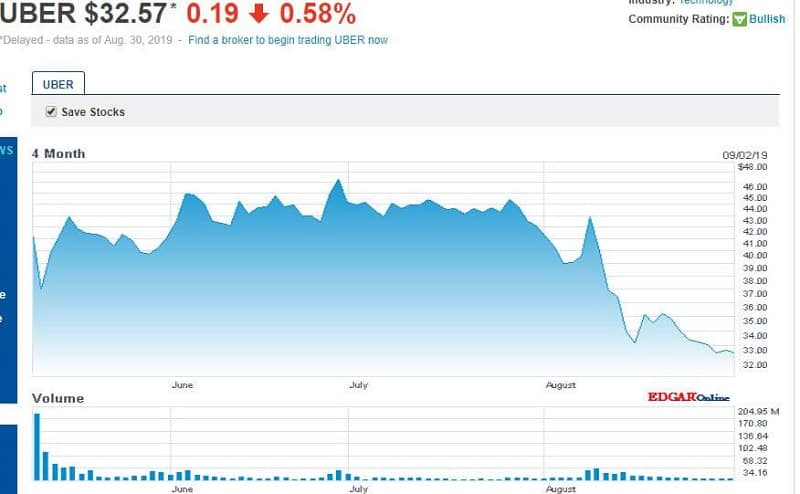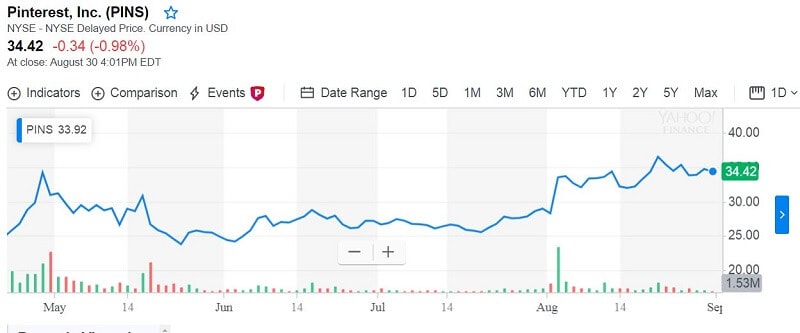3 min read

When you are buying or selling a stock, you have two main ways to define the price you want to trade. You can choose the market order and the limit order. If you choose the market order, you trade the stock at the current price, whatever it is. By using a limit order, you can set a price and when the stock meets it you can say the trade is executed.
This is the basic difference. But to understand more, several things must be taken into consideration.
Limit order gives you the price you want
The benefit of the limit order is that you can set your price. When the stock meets that price, the order will be executed. It is usual to set a limit order to be executed in a frame of 3 months after you enter the position.
A limit order can be placed for buy or sell a stock at a particular price. A buy limit order will be filled only at the limit price or below. Hence, a sell limit order will be filled at the limit price or more expensive. For example, you want to buy the stock at $20 or less and you place a limit order for this sum. The order will be executed if the price of the stock is at $20 or below.
The disadvantage is that you are not promised to trade the stock.

In case the stock never hits the limit price, the trade will not be executed.
The other problem may arise if there is not adequate demand or supply to fill the order. That could be the case with illiquid stocks Also, the stock price may change during the 3 months and your trade may be fulfilled at a price extremely changed from what you could have made.
For example, you want to sell some company stock at, say at $90. Those stocks are suddenly traded from $85 up to $120. But your limit order is at $90. So, what can you do? Be informed on a daily base to avoid to end up with less money when you can get more.
The opposite can occur with a limit order to buy. You may be forced to buy at a costlier price than you think the stock is worth.
Use a limit order when you want to name your price a much different from the current. The other reason, you aspire to trade stocks that are illiquid. Also in the case when the bid-ask spread is great or you are trading a large number of shares.
A market order is executed quickly
The biggest benefit of a market order is that it can be executed quickly since you are choosing the best price possible at that time. The market order will be executed no matter what price the seller is asking or the buyer is offering.
The most important disadvantage of the market order is that you can not determine the price of the trade. It may influence if the price changes fast which could lead you to end up trading at a much-changed price from when you placed the order.
For example, you placed the market order after the closing hours. Suddenly, over the weekend, the stock price increased. What you have to do is to cancel your market order before the market’s opening.
Also, the lack of buyers or sellers able to cover your order may cause the price to increase or decrease.
Use a market order if you want an immediate fulfilling at any price or you are trading an extremely liquid stock. Also, if you trade several shares, meaning less than 100.
Limit order vs Market order
Limit orders will help you to save money on commissions. But you can save your money by a buy-and-hold approach to your investment.
Both limit order vs market order has its drawbacks and advantages. The final selection depends on you. The limit order can be expensive. A market order is simple to execute but can be a difficult choice during volatile market circumstances.



